我知道这是一个旧的帖子,但我通过谷歌多次着陆在这里,认为没有给出的答案真正令人满意。尝试使用以下其中一种函数:
编辑:由于我在这个旧帖子上获得了一些喜欢,我也想分享一个更新的解决方案(基本上将我之前的两个函数结合在一起,并自动决定它是一个条形图还是水平条形图):
def label_bars(ax, bars, text_format, **kwargs):
"""
Attaches a label on every bar of a regular or horizontal bar chart
"""
ys = [bar.get_y() for bar in bars]
y_is_constant = all(y == ys[0] for y in ys)
if y_is_constant:
_label_bar(ax, bars, text_format, **kwargs)
else:
_label_barh(ax, bars, text_format, **kwargs)
def _label_bar(ax, bars, text_format, **kwargs):
"""
Attach a text label to each bar displaying its y value
"""
max_y_value = ax.get_ylim()[1]
inside_distance = max_y_value * 0.05
outside_distance = max_y_value * 0.01
for bar in bars:
text = text_format.format(bar.get_height())
text_x = bar.get_x() + bar.get_width() / 2
is_inside = bar.get_height() >= max_y_value * 0.15
if is_inside:
color = "white"
text_y = bar.get_height() - inside_distance
else:
color = "black"
text_y = bar.get_height() + outside_distance
ax.text(text_x, text_y, text, ha='center', va='bottom', color=color, **kwargs)
def _label_barh(ax, bars, text_format, **kwargs):
"""
Attach a text label to each bar displaying its y value
Note: label always outside. otherwise it's too hard to control as numbers can be very long
"""
max_x_value = ax.get_xlim()[1]
distance = max_x_value * 0.0025
for bar in bars:
text = text_format.format(bar.get_width())
text_x = bar.get_width() + distance
text_y = bar.get_y() + bar.get_height() / 2
ax.text(text_x, text_y, text, va='center', **kwargs)
现在您可以将它们用于常规条形图:
fig, ax = plt.subplots((5, 5))
bars = ax.bar(x_pos, values, width=0.5, align="center")
value_format = "{:.1%}"
label_bars(ax, bars, value_format)
或者对于水平条形图:
fig, ax = plt.subplots((5, 5))
horizontal_bars = ax.barh(y_pos, values, width=0.5, align="center")
value_format = "{:.1%}"
label_bars(ax, horizontal_bars, value_format)
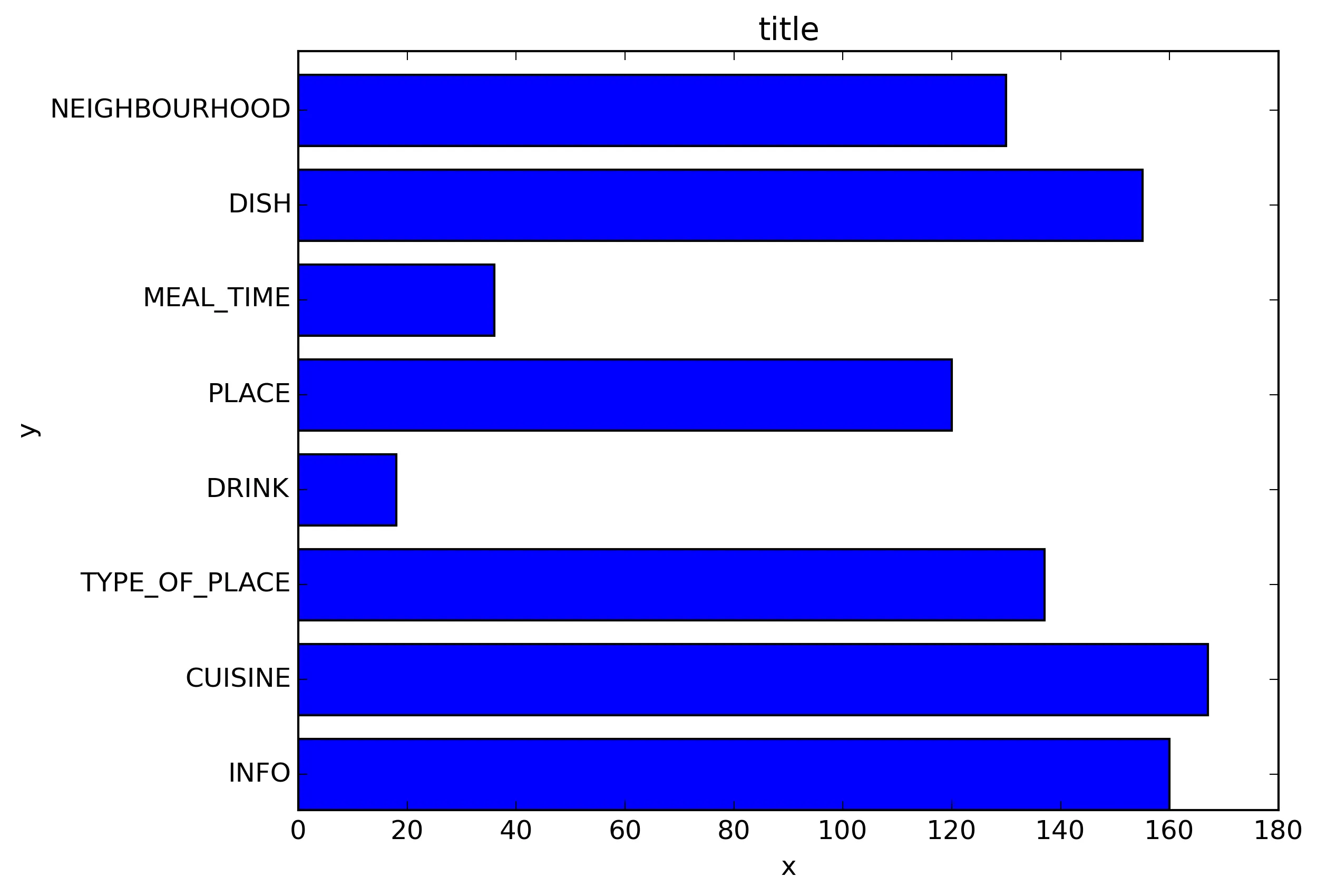
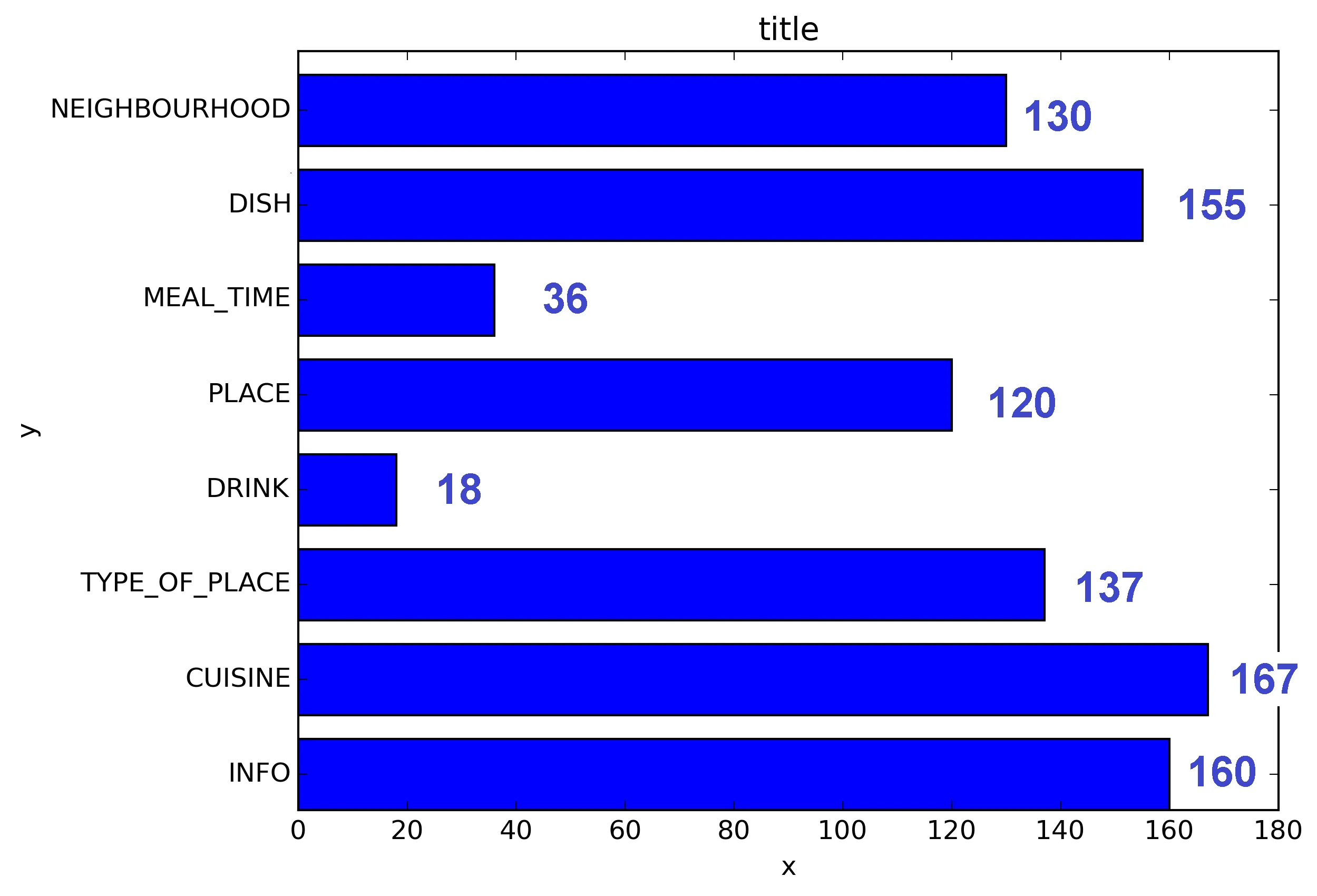

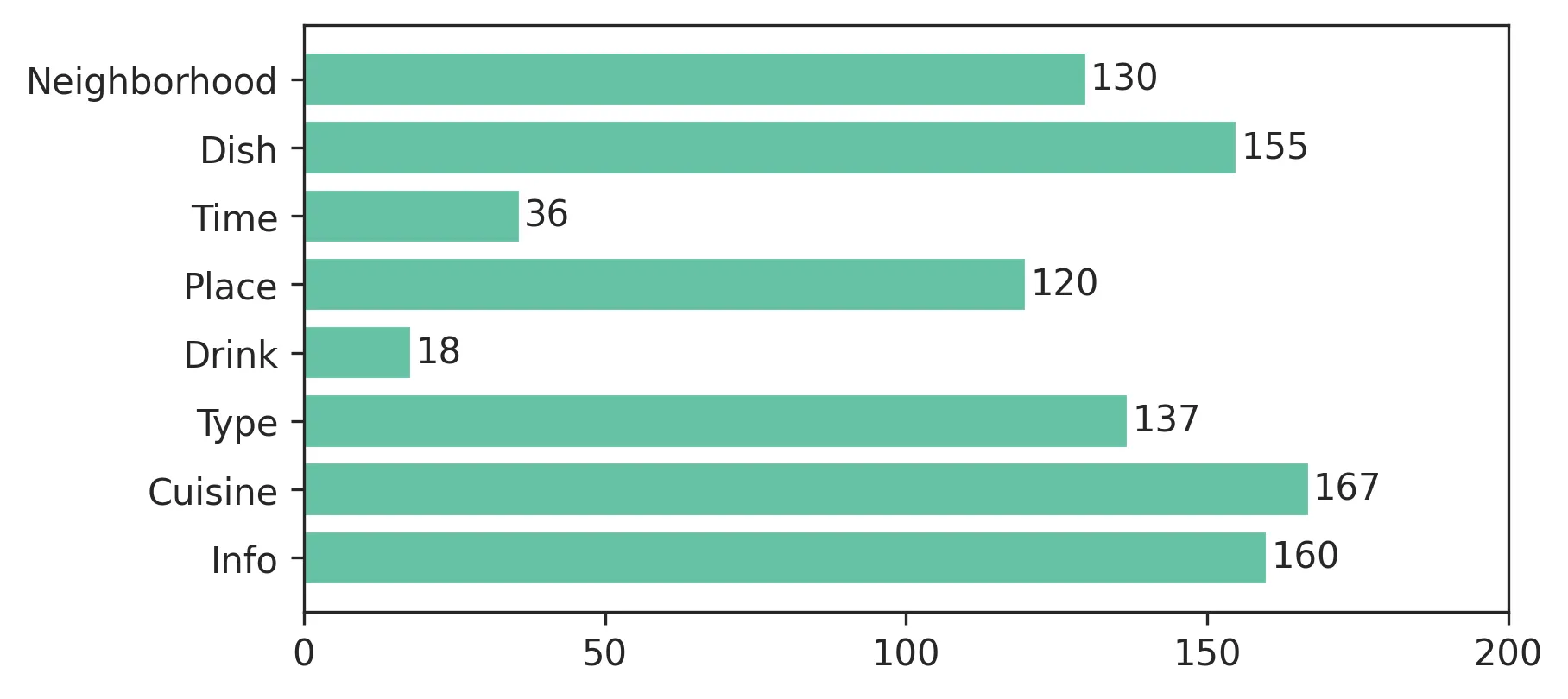
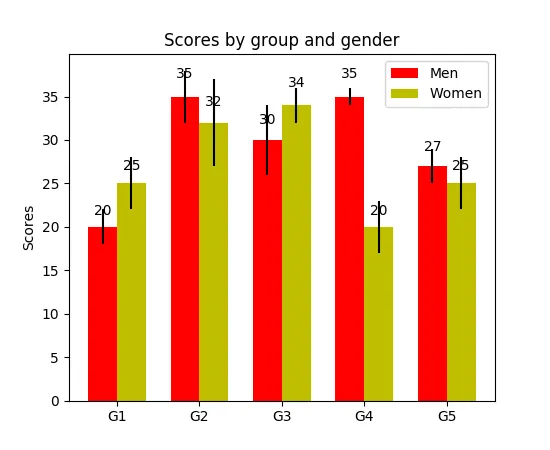
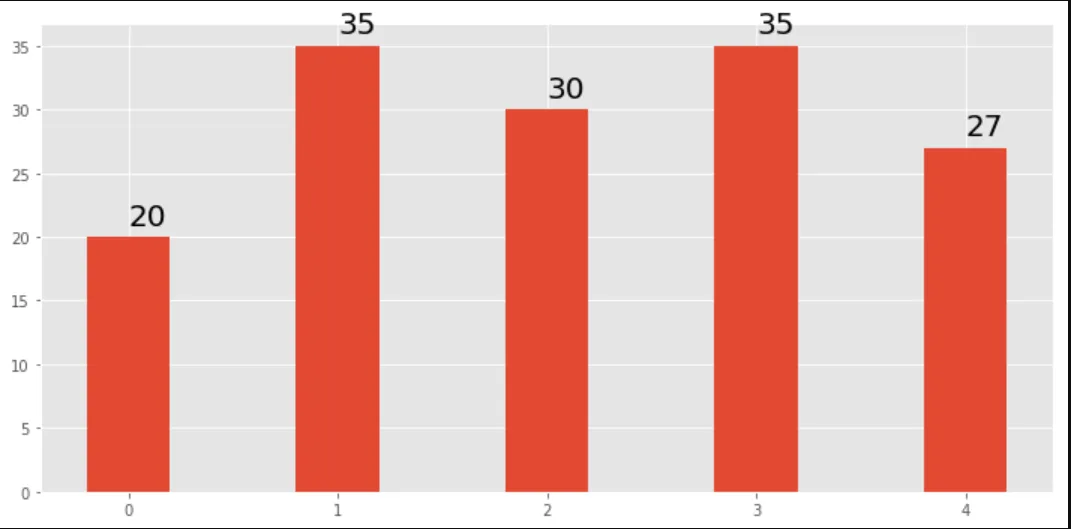

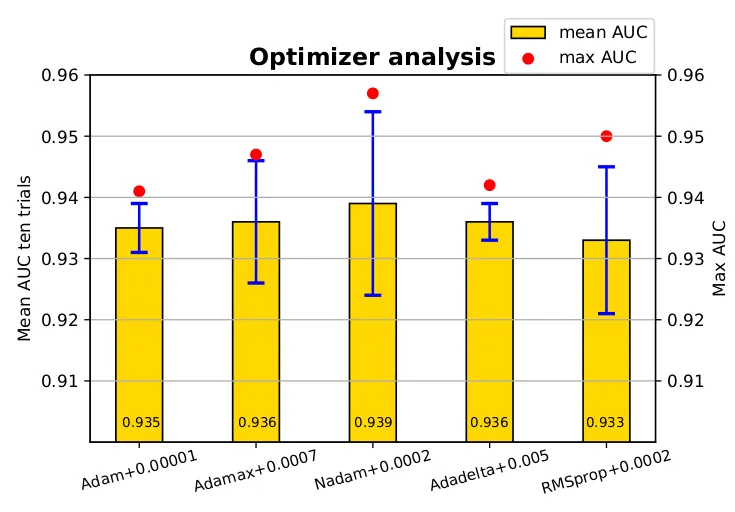
plt.text(v, i, " "+str(v), color='blue', va='center', fontweight='bold')- João Cartuchoplt.show()的代码行。例如:df.plot(); plt.show()- Jairo Alvesax.text(v + (np.max(y) * 0.02), i, str(v), ha='left', va='center')。 - Marcel Motta